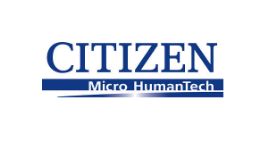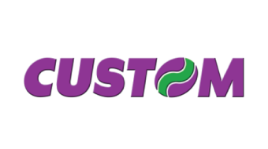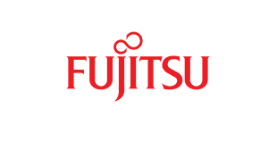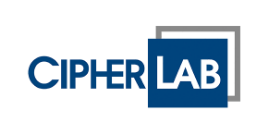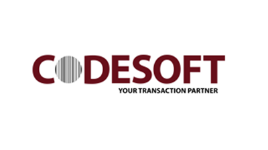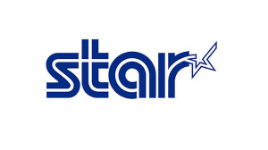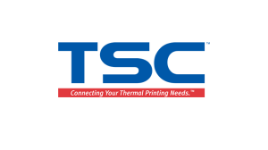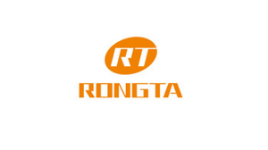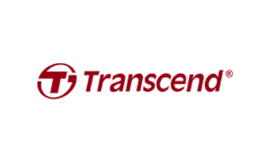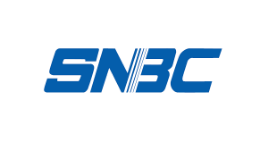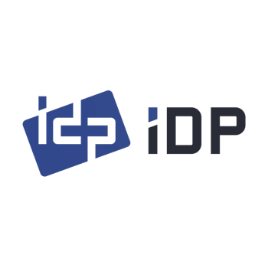Card reader software
Card reader software is a type of application designed to facilitate the communication between a card reader device and a computer or any other system with which it is interfaced. This software plays a critical role in interpreting the data stored on various types of cards, such as credit cards, debit cards, smart cards, access cards, and more. The functionality of card reader software can vary widely depending on the type of card it's designed to read and the specific applications it's intended to support.
Key Features of Card Reader Software:
-
Data Reading and Writing: The primary function is to read data from and write data to cards. This includes processing information stored in magnetic stripes or chips.
-
Encryption and Security: Many card reader software packages include robust security features to encrypt the data during transmission, ensuring that sensitive information like credit card numbers and personal identification numbers (PINs) are protected.
-
Compatibility: It is designed to be compatible with various types of card readers and computing platforms, ensuring seamless integration into existing systems.
-
User Authentication: In cases where security is paramount, such as banking or access control systems, the software may include functionality to authenticate the user or cardholder.
-
Application Integration: Often, card reader software is designed to integrate with other applications, such as payment processing systems, identity management systems, or customer relationship management (CRM) software, to enable a broad range of functionalities.
Applications of Card Reader Software:
- Financial Transactions: For processing payments, withdrawals, and other financial transactions through credit or debit cards.
- Access Control: Used in security systems to control access to buildings, rooms, or secure areas based on smart card authentication.
- Identification and Verification: In government or corporate settings, for verifying identity through smart cards that store biometric data or other identifiers.
- Loyalty and Membership Programs: For reading membership cards to track points, discounts, and customer activity within loyalty programs.
- Healthcare: To access patient records and verify healthcare provider or patient identity through smart health cards.
Development and Customization:
Many organizations require customized card reader software to meet their specific operational needs. This might involve developing bespoke software that integrates with existing systems or customizing off-the-shelf software to add specific features or capabilities. The development of card reader software requires a deep understanding of both the technical specifications of card reader hardware and the security protocols involved in data transmission and storage.
As technology evolves, card reader software continues to advance, incorporating new security measures, improving compatibility with emerging card technologies, and expanding its range of applications. This ensures that businesses and organizations can securely and efficiently manage the data exchange process between cards and systems, facilitating a wide variety of transactions and operations.


















































